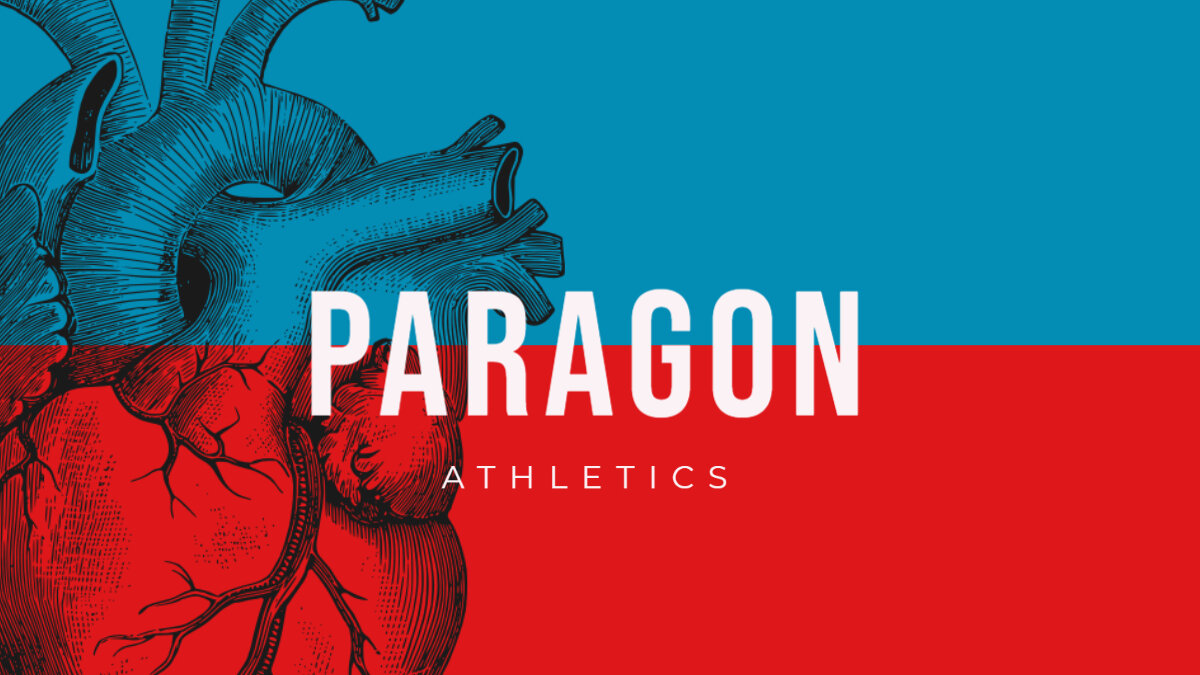How to Use Pain
By Ryan Whited
Pain can be thought of as a tool, or as an ingredient.
It should be one of our most useful implements or like a pungent ingredient that should be added “to taste“. Similar to the way we all experience spicy food differently, we all experience pain differently. And there are many things that influence the pain experience.
Have you ever had coffee with a spicy breakfast burrito? Even though the spiciness of the burrito doesn’t change and the coffee temp doesn’t change, when the two are combined the burrito seems spicier and the coffee seems hotter!
Pain can be very similar.
Five contributors to the spiciness (context) of pain you may not know include:
1. Diagnoses
Pain = Pain, not damage. Although there may be a physical contributor, changes in tissue are never causal of pain. There is not a single ingredient in this complex process. So be cautious of musculoskeletal diagnoses.
2. Pain is smudgeable
Pain can change with its many influences. Some of these influences can be: sleep quality, beliefs about causes, avoidance of activity (kinesiophobia), life stressors (allostatic load)… There are many moving parts!
3. Avoidance of meaningful activity
Avoiding meaningful activities in your life can reinforce our nervous system’s protectiveness. Pain is a protective system, not an indication-of-damage system. Figuring out the appropriate amount of the activity may be the tricky part. Often if you attempt to be respectful (but not fearful) of your pain while progressing activity, this intuitive approach can work. Seeking guidance from a personal trainer or physical therapist may be very helpful. However, if you’re made to feel fragile by that individual, keep shopping.
4. Rumination (worry)
This is a tough one. Everyone knows the more you try not to dwell on something, the more you dwell on it. Believe it or not, there are some useful mindfulness apps out there that may be helpful to reduce worry. Of course, nothing can replace a qualified caring person like a counselor or psychologist.
5. Re-contextualizing pain
Thinking of pain differently can be very beneficial (hence the motivation for this little article). If we can learn to think of pain as a useful tool, or a necessary ingredient for living, then our relationship with pain can change greatly. Realizing that pain is not always a great indicator of tissue damage but rather like a guard dog alerting you to a potential problem. Most of us can relate to “that dog” in the neighborhood that just keeps barking for no reason… Maybe it’s time to bring that dog inside.
6. Variability
I know I said five but I just didn’t want to leave this one out. Changing activity, or even doing the same activity differently, can be a great way to sweet talk a grumpy shoulder, knee, back, etc. Changing between running shoes often for runners, or changing the terrain or angle of climbs for a climber, can reduce the rate of injury. Just change it up a bit. Complimentary training would fall into this category.
Just sharing some thoughts, hopefully this was helpful to someone! Leave a comment and let me know.
Caveat: If you have sustained an acute or traumatic injury, then obviously seeking medical advice and care is warranted. If your pain is accompanied by numbness, weakness, atrophy, then medical care may be warranted. The above is a loose guideline for most non-traumatic musculoskeletal injuries (pain experiences).
